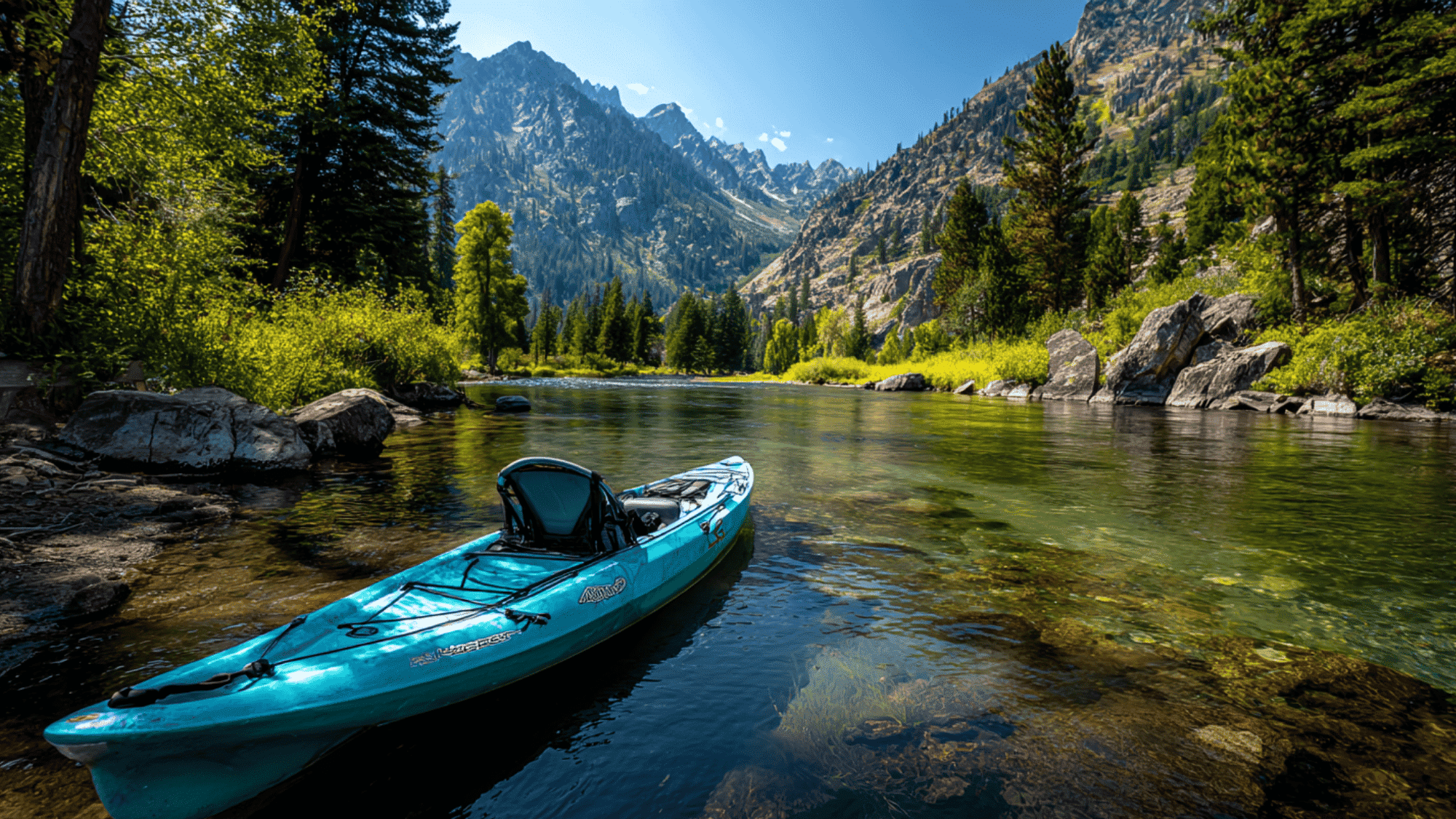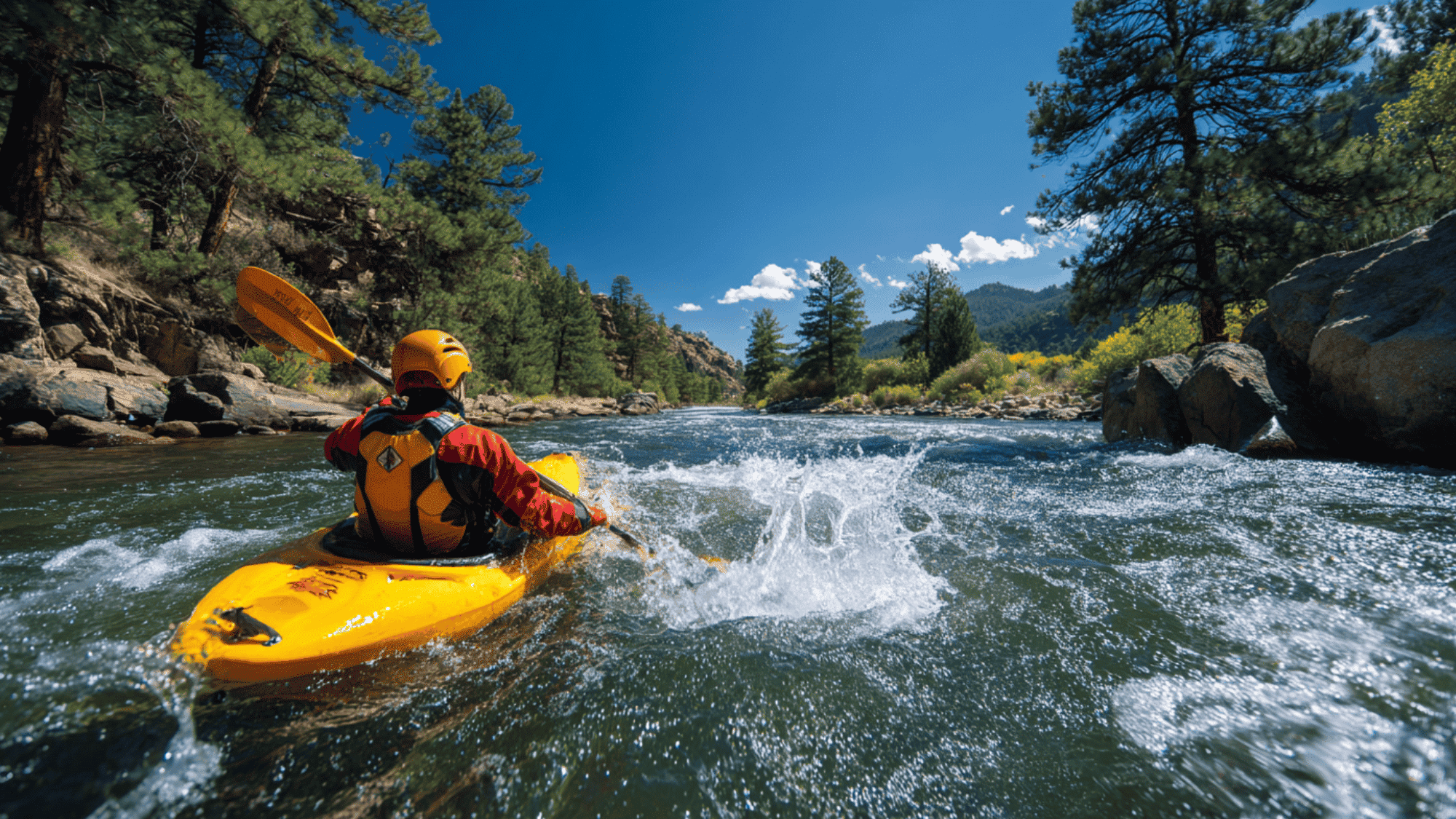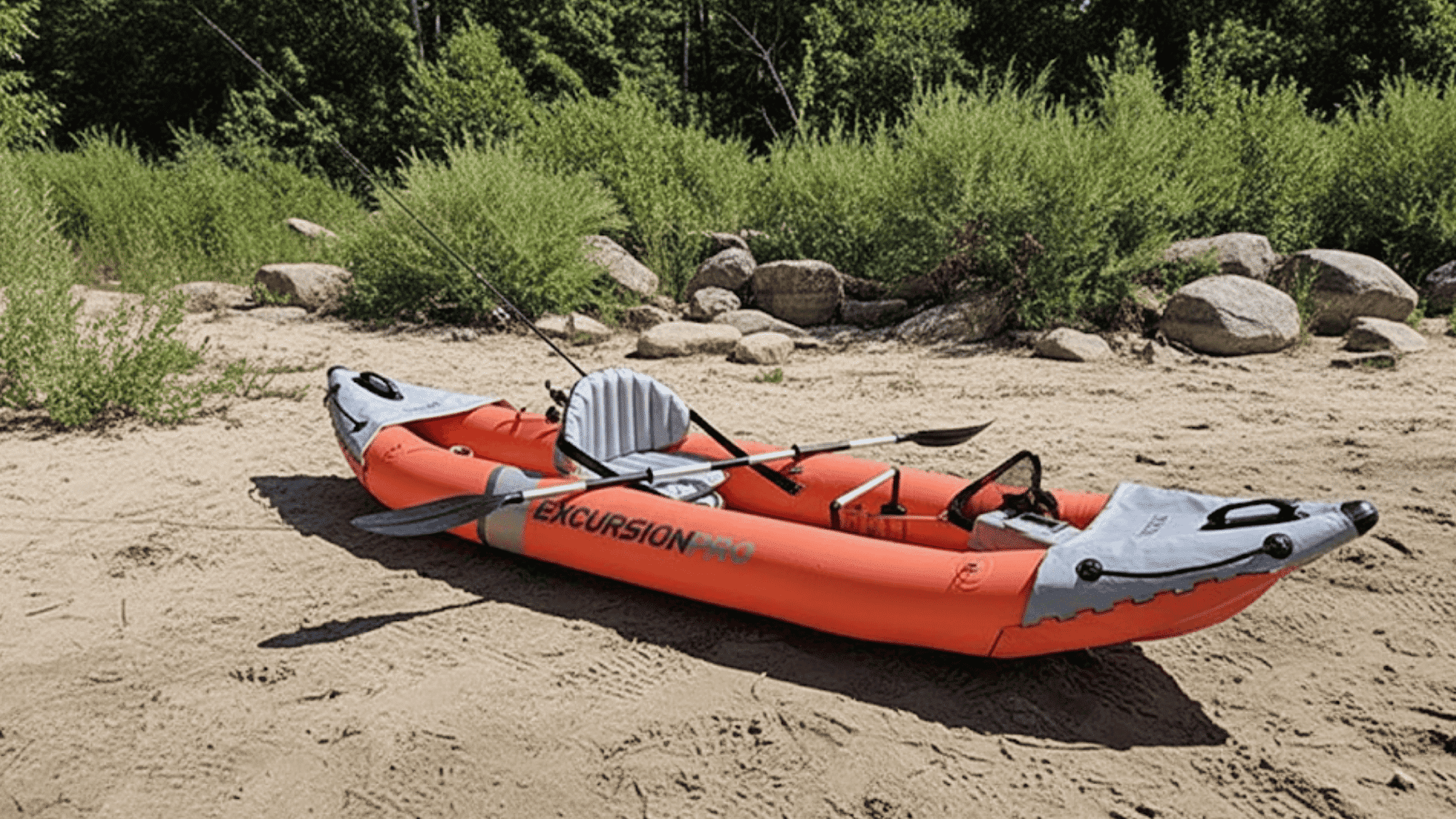“Is a kayak a boat?” This question comes up more often than you might think, especially when people are buying their first kayak or trying to understand boating laws.
The answer involves looking at legal definitions, safety requirements, and how different authorities classify watercraft.
While kayaks have their own unique features and history, their classification can affect everything from registration rules to safety equipment requirements.
If you’re planning your first paddling trip or you’re curious about watercraft classifications, the blog will clear up the confusion. We will help you understand how kayaks are classified and what that means for paddlers like you.
What is a Kayak?
A kayak is a narrow, lightweight watercraft designed for one or two people. The paddler sits inside a small opening called a cockpit and uses a double-bladed paddle to move through the water.
Kayaks have a sleek, pointed hull that cuts smoothly through waves and currents. Today, you’ll find several types of kayaks for different activities.
Recreational kayaks are perfect for calm lakes and slow rivers. Sea kayaks are designed to handle ocean waves and support longer trips.
Touring kayaks work well for day-long paddles, while inflatable kayaks are easy to store and transport. Modern people use kayaks mainly for fun, exercise, and exploring waterways.
They’re popular because they’re quiet, eco-friendly, and let you get close to nature and wildlife.
So, What Qualifies as a Boat?

A boat is anything that floats on water and is used to carry people or things. Boats can be big or small, with or without engines.
Some boats use motors, others use sails, and some, like kayaks and canoes, use paddles. The U.S. Coast Guard defines a boat as any watercraft used for travel or recreation on water.
This means even small, simple crafts like rowboats or kayaks are still considered boats. Boats can be used on lakes, rivers, or oceans.
So, if it floats and helps you move across water, it likely qualifies as a boat, even if it doesn’t look like a typical one.
Is a Kayak Considered a Boat?
Yes, a kayak is considered a boat under most regulations and laws. It qualifies as a boat because it’s designed to carry people on water and can be operated for transportation or recreation.
The U.S. Coast Guard and other maritime organizations classify kayaks as vessels, which means they fall under boating rules. However, state laws vary when it comes to registration requirements.
Some states require kayaks to be registered like other boats, while others don’t. Many states also require safety equipment like life jackets and whistles when kayaking, just like with traditional boats.
The Ancient Origins of the Kayak

Kayaks were first created over 4,000 years ago by the Inuit and Aleut peoples of the Arctic regions.
These skilled builders used materials they could find in their harsh environment, like driftwood or whalebone for the frame and animal skins stretched tight for the covering.
These early kayaks weren’t toys – they were serious survival tools used for hunting seals, whales, and fish.
The quiet, swift boats also served as transportation across icy waters. Kayaks held deep cultural meaning for Arctic communities, representing skill and survival knowledge passed down through generations.
Over time, European explorers found these amazing boats. Eventually, kayaks evolved from essential hunting tools into the colorful sport and leisure boats we see on rivers and lakes today.
Where Do Kayaks Fit in the World of Boats?

Boats come in many shapes and sizes, but not all are classified the same. To understand where kayaks belong, it helps to look at the main types of watercraft.
- Motorized boats use engines for power (e.g., speedboats, fishing boats).
- Non-motorized boats include kayaks, canoes, and rowboats – powered by paddles or oars.
- Personal watercraft (PWCs) like Jet Skis are motorized and ridden on, not in.
- Kayaks are non-motorized recreational boats, typically used for paddling and exploring.
- The U.S. Coast Guard and most authorities classify kayaks as vessels – just like any other boat.
So while kayaks may look and feel different from other boats, they fit firmly within the boating world – especially under non-motorized vessels used for recreation and travel.
Kayak vs Canoe vs Rowboat: Key Differences
Understanding the differences between a kayak, canoe, and rowboat can help you choose the right vessel and understand how each is classified as a boat.
| FEATURE | KAYAK | CANOE | ROWBOAT |
|---|---|---|---|
| Propulsion | Double-bladed paddle | Single-bladed paddle | Oars |
| Seating Position | Seated, legs extended forward | Seated or kneeling upright | Seated, facing backward |
| Cockpit Style | Enclosed or semi-enclosed | Open-top | Open |
| Direction Faced | Forward | Forward | Backward |
| Typical Use | Recreation, touring, sea kayaking | Leisure paddling, flatwater trips | Short-distance rowing, fishing |
| Speed & Agility | Moderate to high | Moderate | Slow |
As you can see, while all three are boats, they serve different purposes and are operated in unique ways. Knowing these distinctions is helpful for both safety and choosing the right watercraft for your needs.
Is a Kayak a Personal Watercraft?
No, a kayak is not a Personal Watercraft (PWC). Personal Watercraft are motorized vessels like Jet Skis, Sea-Doos, and WaveRunners that use jet engines to push water for propulsion.
The main differences are clear when you compare them. Kayaks use human power with paddles, while PWCs have motors that can reach high speeds.
Kayaks have a traditional boat shape with a cockpit where you sit inside, but PWCs are designed more like motorcycles, where you sit on top.
PWCs are built for speed and thrills, often going 40+ mph, while kayaks move slowly and quietly through the water. The Coast Guard treats these watercraft very differently.
Why Kayak Classification Matters: Safety and Regulations
Understanding that kayaks are classified as boats is important because it affects the safety rules and laws you must follow. Since kayaks are vessels, they’re subject to boating regulations that vary by state.
Most areas require specific safety equipment and boating rules. This classification determines whether you need to register your kayak or pay fees. Key requirements for kayak users:
- Carry a U.S. Coast Guard-approved life jacket for each person.
- Have a whistle or sound device for emergencies.
- Follow local registration rules if your state requires it.
- Display proper lighting when paddling at night.
Before heading out, check your local boating laws since rules change based on where you paddle. Always tell someone your paddling plans and return time to stay legal and safe.
Summing It Up
Now you know the answer to “is a kayak a boat?” and understand how this classification affects your time on the water.
From their ancient origins as survival tools to today’s recreational vessels, kayaks have an important place in maritime history and law.
Understanding their classification helps you stay safe, legal, and prepared for your next paddling trip. Remember to check your local laws, carry proper safety equipment, and respect the waterways you travel through.
With this knowledge, you can paddle with confidence and follow all the right rules! Have you had any interesting experiences with kayak regulations? Share your stories in the comments below!











